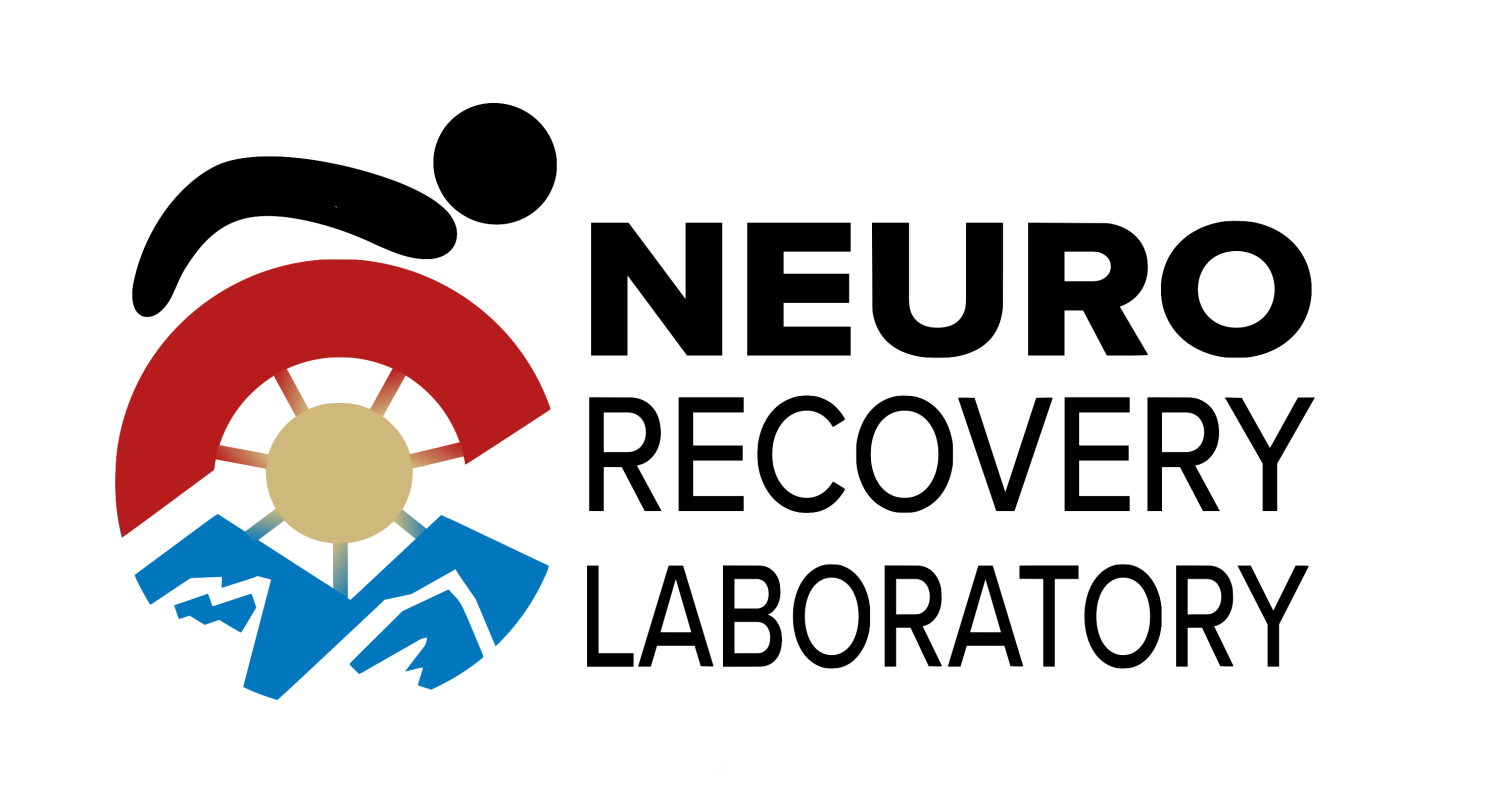NeuroRecovery Laboratory

Visit our website for details!
Research Focus
Our lab focuses on elucidating the neuro-mechanical basis underlying impaired lower limb function and sensorimotor recovery in persons with neurological injury. Given the nervous system’s tremendous ability to re-organize, we seek to identify innovative paradigms that shape this neural plasticity towards gains in motor performance. We conduct parallel investigations in healthy individuals to further clarify mechanisms of motor control and adaptation. The work from our lab will strengthen the neurorehabilitation communities understanding of how novel strategies can induce plasticity, shape functional recovery, and ultimately enhance mobility and quality of life in persons with paralysis.
In order to study how changes in downstream biomechanics may reflect adaptive neuro-plastic changes, we take an interdisciplinary approach that combines clinical neurophysiology techniques and engineering approaches. Specifically, we leverage neuromodulatory probes (e.g. transcranial magnetic stimulation (TMS), peripheral nerve stimulation), electrophysiological recording/signal processing (e.g. electromyography, electroencephalography), and engineering tools (e.g. robotics, biofeedback) to characterize and address neuromotor impairments.
Personnel
Director: Andrew Q Tan, PhD.
Graduate Students: Recruiting
Opportunities to Join the Lab
Thank you for your interest in the work of the lab! We are currently in the exciting process of building out our new lab space and forming a dynamic team. We hope to recruit highly motivated students who are excited about our research efforts to join the team in the near future.
While no prior experience is required, the preferred qualifications for undergraduates are:
- Currently enrolled student at CU Boulder
- Minimum commitment of 8 hours per week for 1 academic year, 2hr blocks/day, and/or enroll in independent study (IPHY4860)
- Willing to learn and use basic coding
Graduate training is contingent on available funding. Preferred qualifications for graduate students:
- Bachelor’s degree and/or Master’s degree in science major or equivalent
- Strong interest in the neuromechanics of human movement
- Previous biomechanics research experience and/or coursework
- Basic quantitative background: calculus-based physics and/or introductory calculus
- Anatomy/Physiology laboratory coursework
If you are interested in joining the team, please first familiarize yourself with our previously published work and with the work of other great labs in the field. For more information, please email me with the following: current CV and potential research line of inquiry that invites your enthusiasm. I would love to learn about your research interests/goals and potential research directions.
Recent Publications
- Tan AQ, Papadopoulos JM, Corsten AN, Trumbower RD. Automated pressure-swing absorption system to deliver low oxygen therapy to persons with spinal cord injury. 2020. Experimental Neurology.
- Vivodtzev I, Tan AQ, Megan Hermann, Jayaraman A, Stahl V, Hayes HB, Rymer WZ, Mitchell GS, Trumbower RD. Mild to moderate sleep apnea is linked to hypoxia-induced motor recovery after spinal cord injury. 2020. American Journal of Respiratory and Critical Care Medicine.
- Tan AQ, Trumbower RD. Acute Intermittent Hypoxia: a step towards restoring walking after spinal cord injury. 2020. Review. Current Physical Medicine and Rehabilitation Reports.
- Naidu A, Peters DM, Tan AQ, Barth SB, et al. Daily acute intermittent hypoxia to improve walking function in persons with subacute spinal cord injury: a randomized clinical trial study protocol. 2020. BMC Neurology.
- Thibaudier Y*, Tan AQ*, Peters DM, Trumbower RD. Spatial and temporal interlimb coordination are differentially impaired during walking in persons with incomplete spinal cord injury. 2019. Gait & Posture. * Equal Contributions.
- Sohn W*, Tan AQ*, Hayes HB, Deffeyes J, Pochiraju S, Trumbower RD. Variability of leg kinematics during overground walking in persons with incomplete spinal cord injury. 2019. Journal of Neurotrauma. * Equal Contributions
- Kessar TM, Tan AQ, Steven EP, Baker K, Wolf SL, Borich MR. Agonist-antagonist coactivation enhances corticomotor excitability of ankle musculature. 2019. Neural Plasticity.
- Borich MR, Wolf SL, Tan AQ, Palmer J. Targeted neuromodulation of abnormal interhemispheric connectivity to promote neural plasticity and recovery of arm function after stroke: a randomized cross-over clinical trial study protocol. 2018. Neural Plasticity.
- Tan AQ, Dhaher YY. Contralesional hemisphere regulation of TMS induced across-joint kinetic coupling in the post-stroke lower limb. 2017. Frontiers in Neurology.
- Tan AQ, Shemmell J, Dhaher YY. Downregulating aberrant motor evoked potential synergies of the lower extremity post-stroke during TMS of the contralesional hemisphere. 2016. Brain Stimulation.
- Sharafi B, Hoffman G, Tan AQ, Dhaher YY. Sequential motor control of balance recovery in response to trips in post-stroke gait. 2016. Experimental Brain Research.
- Tan AQ, Dhaher YY. Tuning of robotic therapy controllers for stroke gait: using isometrically constrained EMG modular structures. 2015. Proceedings IEEE Engineering in Medicine and Biology Society.
- Tan AQ, Dhaher YY. Evaluation of lower limb cross planar kinetic connectivity signatures post stroke. 2014. Journal of Biomechanics.

